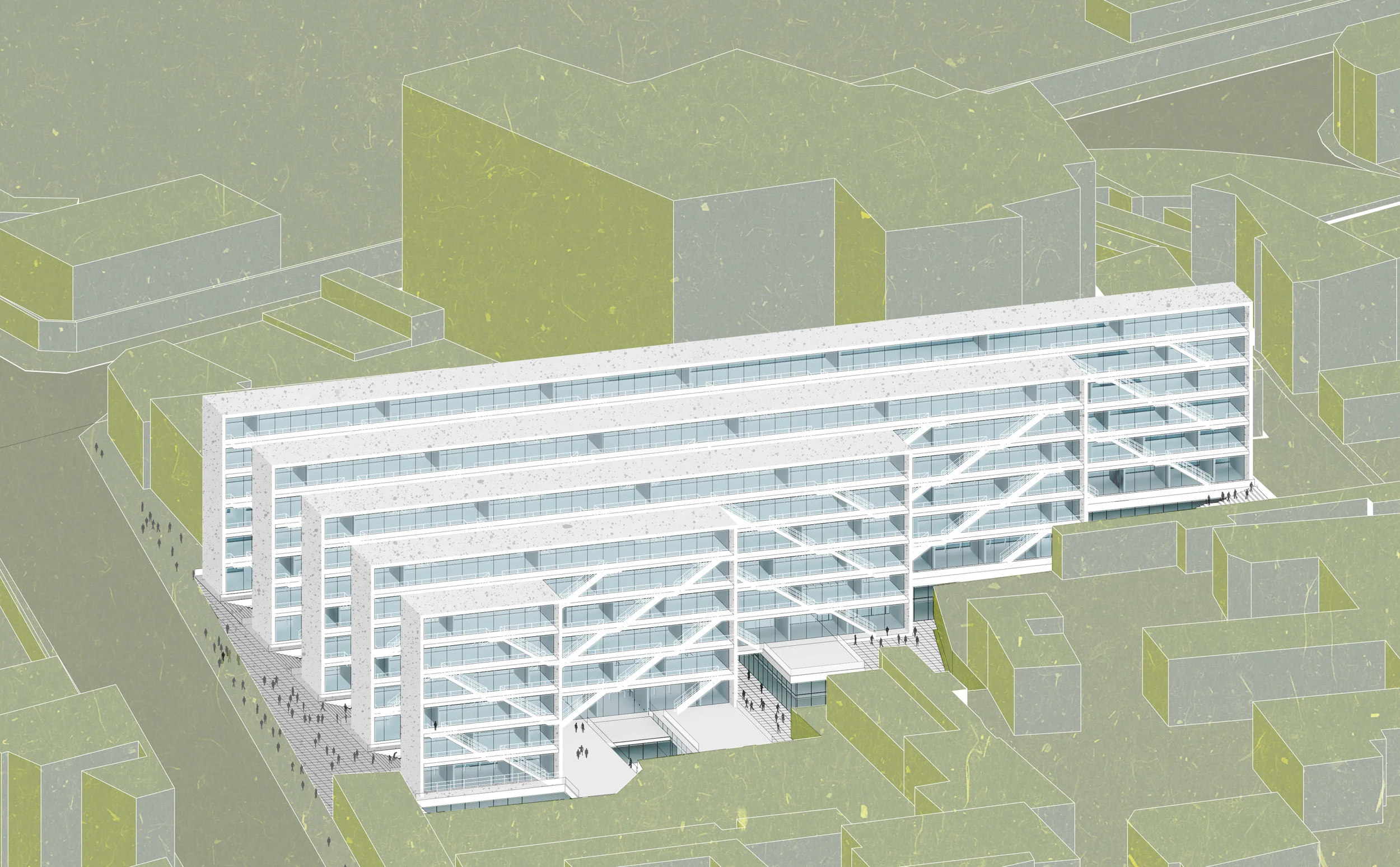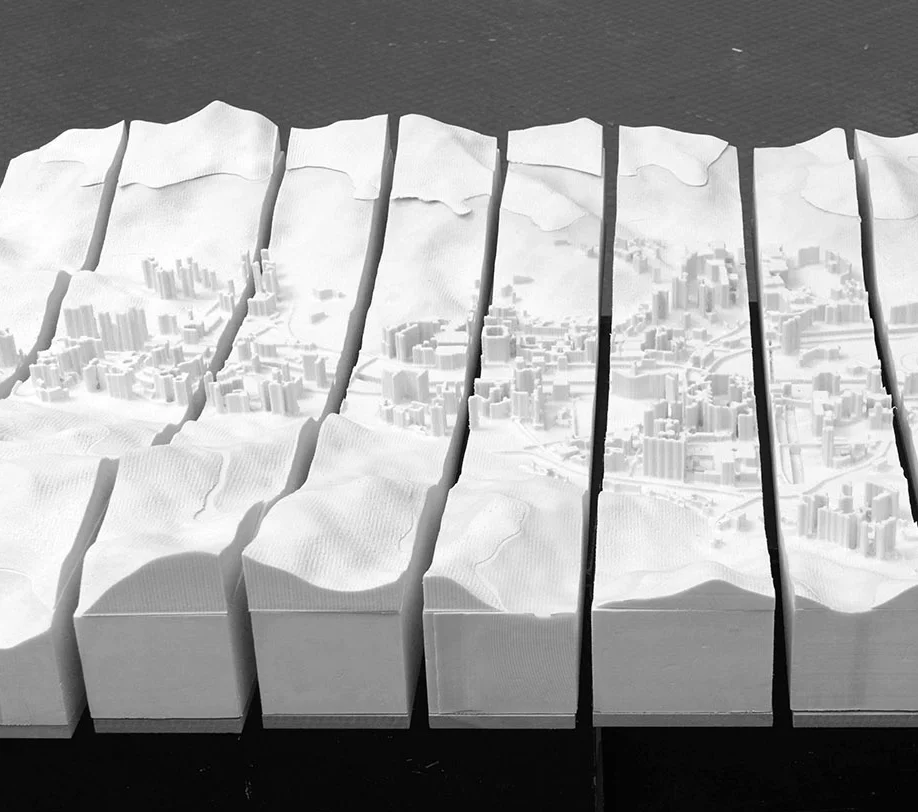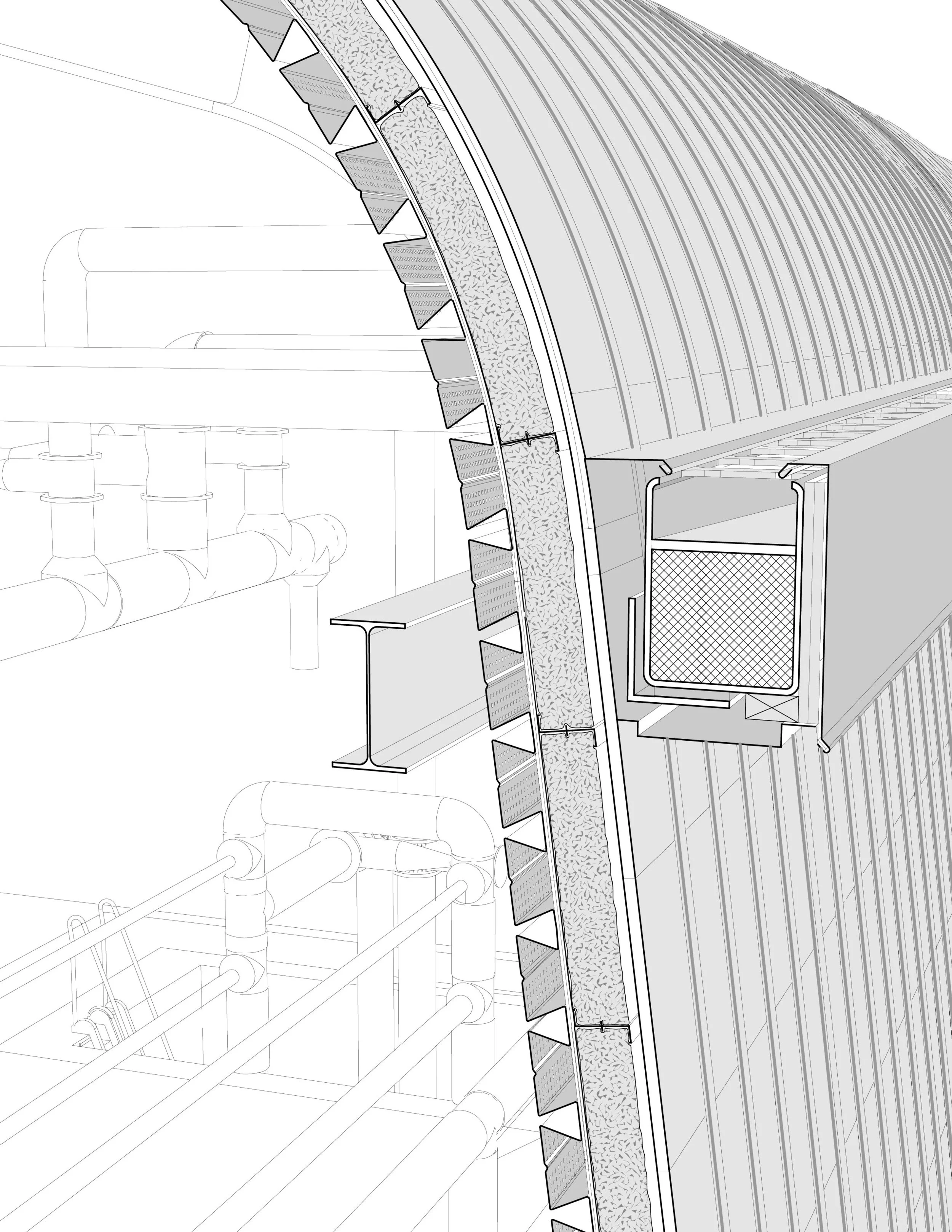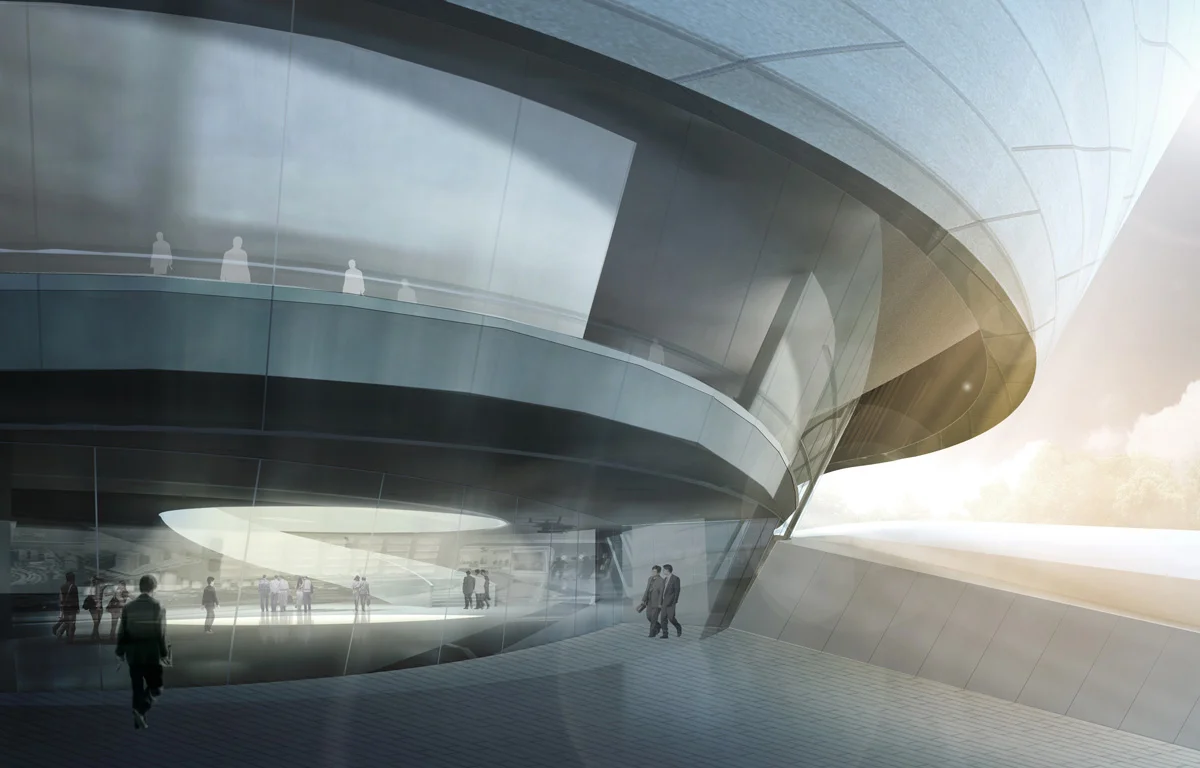
7
Parand Civic Center

12
Knights of Purity; On Construction, Utopia, and Politics in Architecture

6
Hainan Embroidery Museum

2
Rebuilding Plasco

3
Oak Street Residential

8
Design Documentation

5
WuZhong Museum

3
19 Hours at the Kiosk

18
Inventing Shatin

10
B-05 Art Center

5
Mu Xin Art Museum

14
Abstractly Monumental

7
Constructive Erosions

9
Criticality Redux

3
Baruch Houses

7
Embedded Space

6
Total Heterogeneity

1
Print and Screen
















































































































